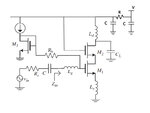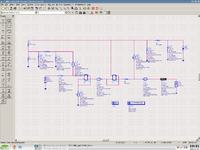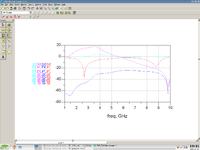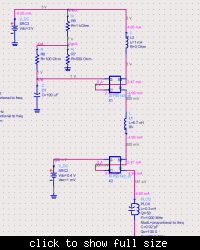teawchoo
Newbie level 5
Hi,
I am supposed to design a 2.4 GHz LNA and I don't know where to start, what topologies and what transistors to use in order to get very high gain. How to deal with impedance matching. I have really studied anything related to antenna transmission system before and having a very hard time getting started.
Any help would be very appreciated
I am supposed to design a 2.4 GHz LNA and I don't know where to start, what topologies and what transistors to use in order to get very high gain. How to deal with impedance matching. I have really studied anything related to antenna transmission system before and having a very hard time getting started.
Any help would be very appreciated



